Interview with Rea Malhotra Mukhtyar and Urvashi Dubey, Author of “ Don’t Intrude on My Mood!”
Rea and Urvashi’s Don’t Intrude on My Mood! uses humor, drama, and a fiery cat protagonist to help children and parents explore emotions, patience, and self-reflection with empathy.on Oct 24, 2025
.jpg)
Frontlist: Don’t Intrude on My Mood! presents a cat with a fiery temper, whose emotions drive the story. How did you conceptualize the cat as a relatable vehicle for teaching lessons about patience, self-reflection, and emotional awareness?
Rea: I wrote this book during the lockdown, and that was a period during which we all, myself included, felt a lot of Feelings- capital F! Those months were like a rollercoaster, and I think the starting point of my story was thinking about how emotions and the processing / feeling of emotions changes or alters one’s state of being. Often, a person becomes another version of themselves, and I wanted to convey this shift- which, in the moment, feels so urgent and unstoppable- and how to then come back from it, to a state of equilibrium.
The story went through many iterations: initially, it was a young child who turned into a dragon, but that’s a trope that’s been done before, and then at a brainstorm meeting with my lovely publishers, Daffodil Lane Books, we settled on a cat that turns into a tiger, and it felt perfect like the perfect metaphor! I love books that anthropomorphize animals, so that all children can see themselves in the story, and I tried to encourage that further by not giving my character a name.
Urvashi: I worked as Art Director for Daffodil Lane Books at the time. When me, the author Rea, and Sanya (founder of Daffodil Lane Books) sat together, we brainstormed many characters. In the rough draft, Rea was keen on a dragon who turns red with anger. I felt we didn’t need an angry creature, but a normal one who has flashes of anger as a mood. At one point, we even toyed with a chicken who gets so angry it transforms into a dragon. Eventually, we landed on the idea of a cat, a normal everyday cat, who, when
pushed to its limits, bursts into a tiger-like fiery mood. That way, the character stayed funny and still dramatic enough to carry the story. Because in the end, it is about that moment when your temper peaks, and then slowly cools, giving space for patience and reflection to step in.
Frontlist: In line with the theme World Mental Health Day: Voices for Awareness and Change, what do you hope children and parents take away about validating emotions, even when they seem ‘too big’ or ‘out of control’?
Rea: I say this during all my school visits and read aloud sessions, that there is no such things as ‘good’ emotions and ‘bad’ emotions. All emotions are valid, and deserve to be felt when one is feeling them, however what is vital is recognizing how you’re feeling and having a toolkit of solutions that helps bring you back to yourself.
We often tend to villainize emotions such as anger, sadness and anxiety, and by not making space for them to be fully felt and processed, we stop the healing from happening. And through this book I want readers and their parents to recognize that it is okay to be angry as long as you don’t stay angry- that you learn from it, and grow so that next time, perhaps the same situation can be handled differently, or with a new perspective.
Urvashi: I hope children feel seen in their big moods, and parents are reminded that it is okay to sit with those moods instead of brushing them off. Kids don’t always need their feelings fixed, they need them understood. When a parent says, “Yes, I see you’re upset,” it gives the child space to breathe and slowly come back to calm. That is the awareness we wanted the book to bring, that emotions can be big and messy, but they can also be met with patience, care, and acceptance.
Frontlist: Emotions in childhood are often dismissed as “just moods.” Why do you think acknowledging and validating them is so important?
Rea: I truly believe that childhood is the foundation for building emotional intelligence and trust. Emotions, even when they look like “just moods,” are real experiences for a child! In the story, the cat’s tantrum isn’t just noise; it’s an expression of frustration and big feelings that they don’t fully know how to articulate. If adults just brush these off, children may feel unheard, misunderstood, and ultimately ashamed of feeling feelings. However, when we as adults validate those feelings by listening, and responding with empathy, children learn that emotions are normal, safe to express, and manageable.
Urvashi: Acknowledging a child’s feelings shows them their emotions matter. It helps them feel safe, and that safety builds trust. With trust, they slowly learn to handle their feelings with more ease.
Frontlist: Humor and exaggerated moods are central to the narrative. How did you balance the cat’s dramatic tantrums with meaningful messages for young readers and their caregivers?
Rea: I must give credit here to Urvashi, whose artwork has really helped bring my words to life, and make the emotions feel as BIG and overwhelming as they did in my head! By showing the cat ranting and raving in an almost theatrical way, I wanted young readers to laugh at the silliness of the situation, while also recognizing similarities to their own experiences. Hopefully the adults reading it aloud can also admit to a flicker of familiarity with the situation! I wanted the mother to be in the background as a reminder that help is nearby, if only you let it in. Her gentle intervention at the end was to guide the cat down a path of self-regulation, but not solve the problem on their behalf.
This relatability through humour between parent and child was very important to me, as it opens doors to tricky conversations about patience and empathy in a safe and gentle way.
Urvashi: I think tantrums are already half comedy, half chaos. So the trick was to let the cat go all out with its drama while sneaking in the little truths underneath. Children see themselves in the cat’s over-the-top moods, parents see the message hiding there, and both end up smiling at the same page.
Frontlist: Rea, the cat’s tantrums drive the story, yet they carry deeper lessons. How did your experience as a teacher, actor, and drama practitioner inform the way you wrote the cat’s voice and personality?
Rea: A tantrum is beautifully performative by nature anyway- so that was a great place to start! As an actor, I know how important it is to use voice and gesture to capture attention, so I wrote the cat’s tantrums almost like an over-thet-top stage performance: loud, expressive, and full of personality. At the same time, my teaching experience kept me mindful of the message behind the drama. The cat’s voice is playful and over-the-top, but it also gives children permission to recognize their own feelings, while guiding caregivers to see those moments as opportunities for understanding and connection.
I think the humour is also exaggerated through the character of the little yellow bird, whose expressions and reactions to the little cat’s temper tantrum make the situations even funnier. I never mentioned a sidekick character in the book, but that’s the beauty of collaboration, and the joy of creating a picture book, where many creative minds come together in a way that feels so unique to any other kind of storytelling!
Frontlist: Rea, how did you use humor and absurdity in the cat’s moods to teach patience and self-reflection without making it feel preachy?
Rea: This felt very intuitive as a process, because I remember growing up, I hated reading books that had a moral message at the end, which told you how to behave or how to be good. It was so annoying! I have always found that I learn best through silliness and joy, and so I wanted to create a story that helps do the same for someone else.
Frontlist: Urvashi, illustrating a cat with such vivid moods, must have been a challenge. How did you approach showing the range of emotions — from tantrums to surprise — in a way that’s visually engaging and relatable for children?
Urvashi: It was like giving the cat an acting audition every time. First it had to stomp and rage through its tantrum, then pout in a sulk, then flip to wide-eyed surprise, and finally soften into calm. And when the emotions became too big to handle, the tears started falling. I played with big eyes, dramatic body language, and small details like the tail or ears shifting with the mood. Children pick up on those things instantly. For them, a flick of the tail is as loud as shouting. The challenge turned into fun, making each emotion feel like a little performance straight from the book.
Frontlist: Urvashi, you’ve illustrated many titles, but what made working on Don’t Intrude on my Mood! a unique experience for you?
Urvashi: It wasn’t just about illustrating, it was about the whole process. Working with Rea and Sanya was full of conversations about emotions. Rea had a lot of ideas and different approaches, and bringing an author’s perspective into the visuals was a fun part of the work. I’m a very sensitive person myself, so there were times I thought, if I felt this emotion, how would I look, how would I move? In that way, the book became a lot of self-reflection for me too. To be honest, I am a cat person and I had a ginger tabby. You will see that reflected in a lot of my books, like Cat’s Diwali (Daffodil Lane Books, 2020). That’s why this book felt very close to me - it wasn’t just about drawing a character, it was about putting a part of myself into it.



.jpg)






.jpg)

.jpg)
.jpg)
.jpg)
.jpg)
.jpg)
.jpg)
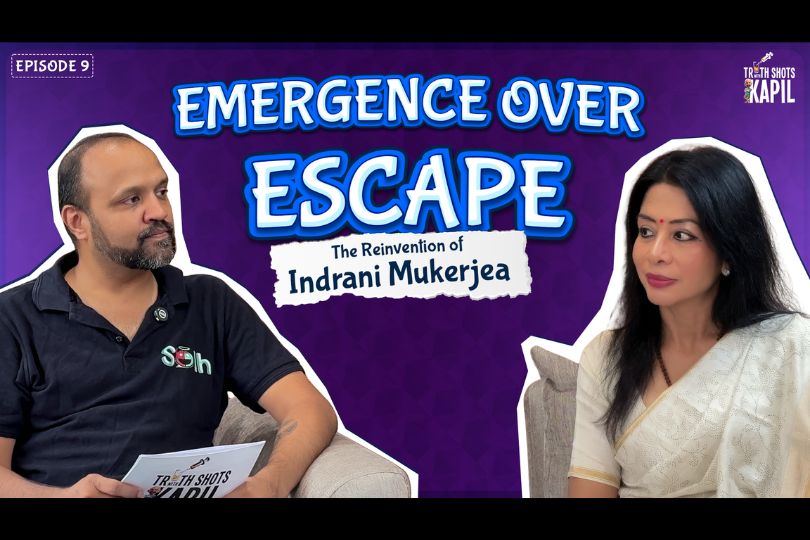
.jpg)

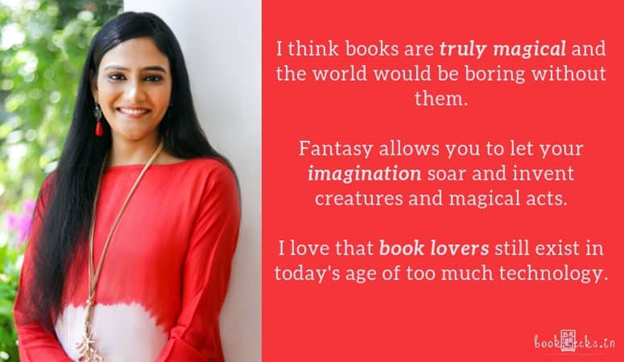

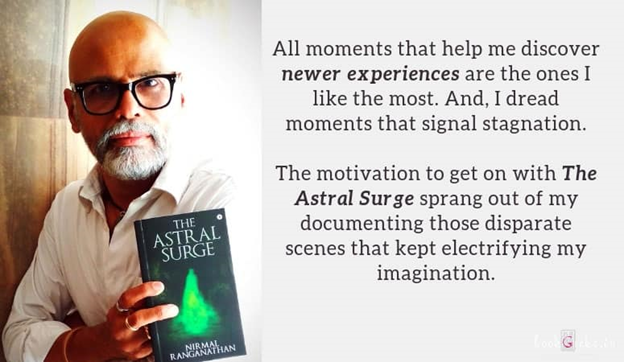
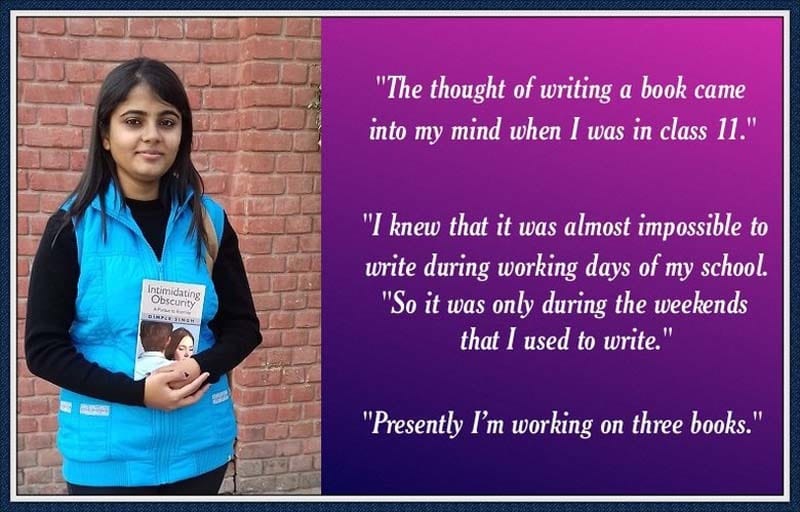


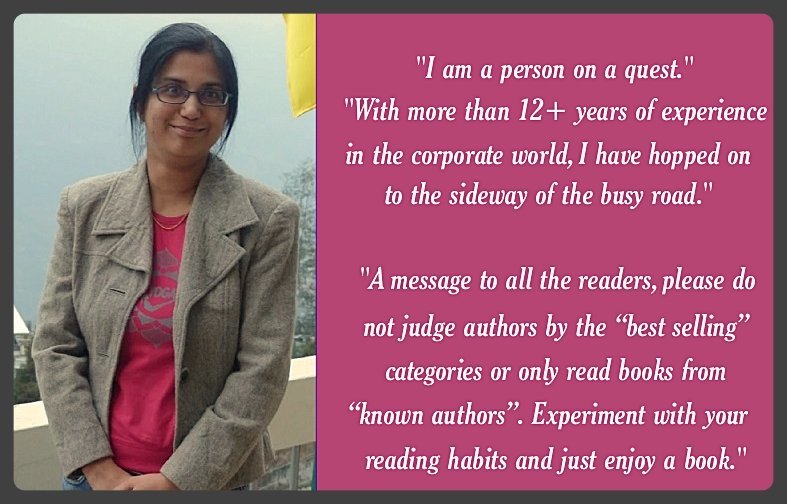


Sorry! No comment found for this post.